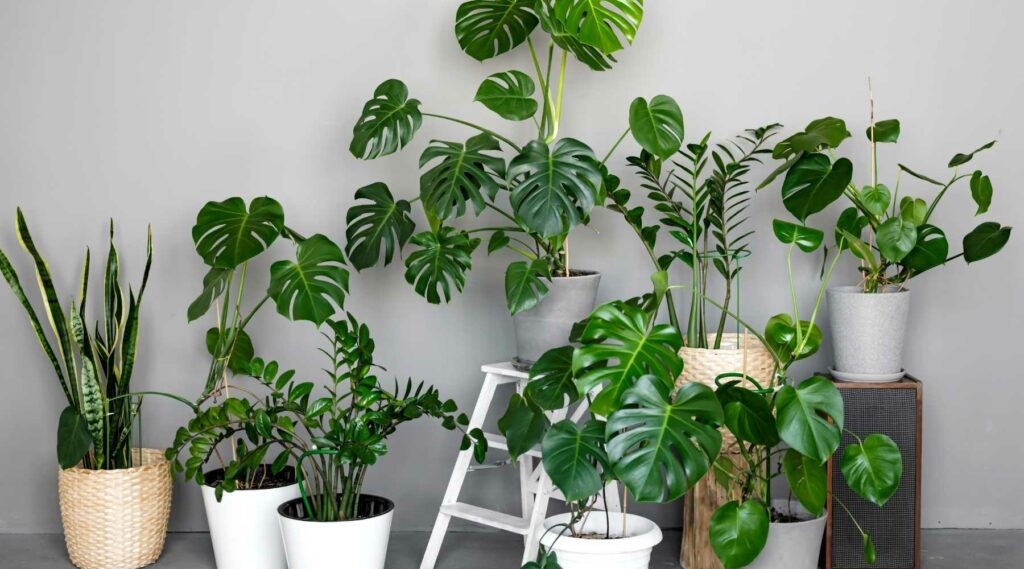
Why spend tons of cash to purify the air when plants do it for free? They are economical and require minimal investment. They are pleasing to the eye and are a great addition to any household.
Due to the diversity of air purifying indoor plants out there, you can easily pick those that match the colour and theme of your home. To make things even easier, we have written this handy guide to the best air purifying indoor plants out there.
Golden Pothos
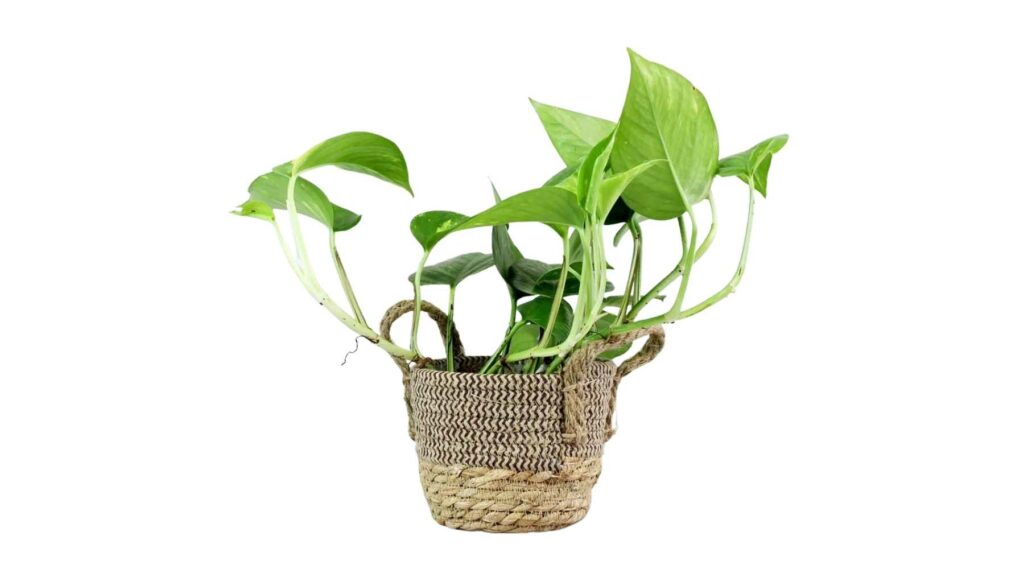
Pretty yet tough! The Golden Pothos is a common plant that is hardy enough to survive the toughest of conditions.
The Golden Pothos does not flower. The beauty of the plant lies in its vibrant foliage. Elegant patterns of green and white dorn the leaves giving them an exotic look. The striking contrast gives the plant a flashy appearance.
Chemicals absorbed: formaldehyde, benzene, and toluene.
Snake Plant
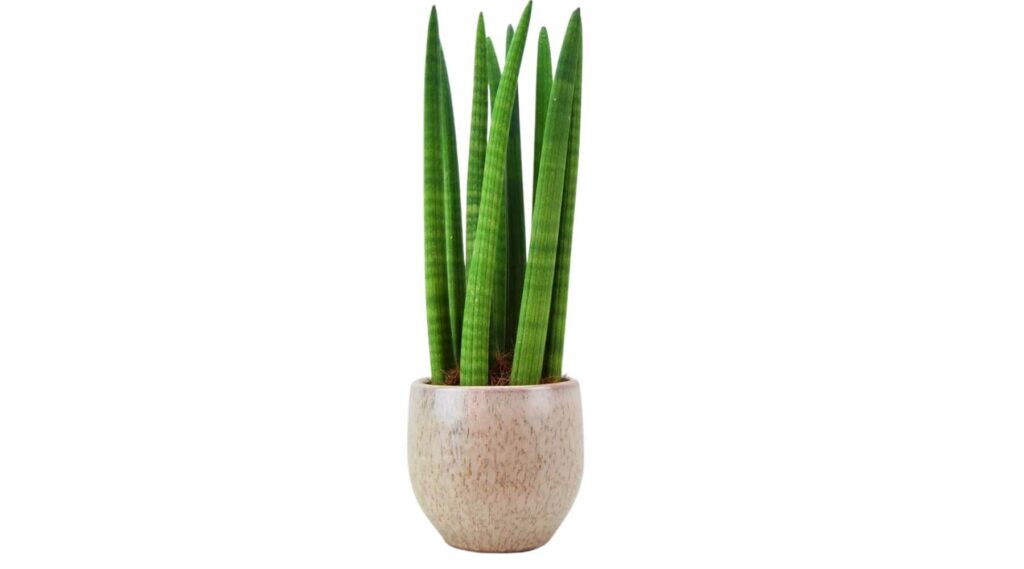
The thick waxy leaves of the Snake Plant give a mysterious vibe. The Snake Plant is a great starter plant if you are new to air purifying indoor plants due to its high tolerance.
The long sword-like leaves of the Snake Plant are deep green in colour. It’s a perfect plant for those rooms that have too much “light”. The contrast is almost artistic. The yellow hue of the leaf tip adds a sense of exquisiteness as well.
Chemicals absorbed: formaldehyde, benzene and toluene, trichloroethylene, and xylene.
Chinese Evergreen
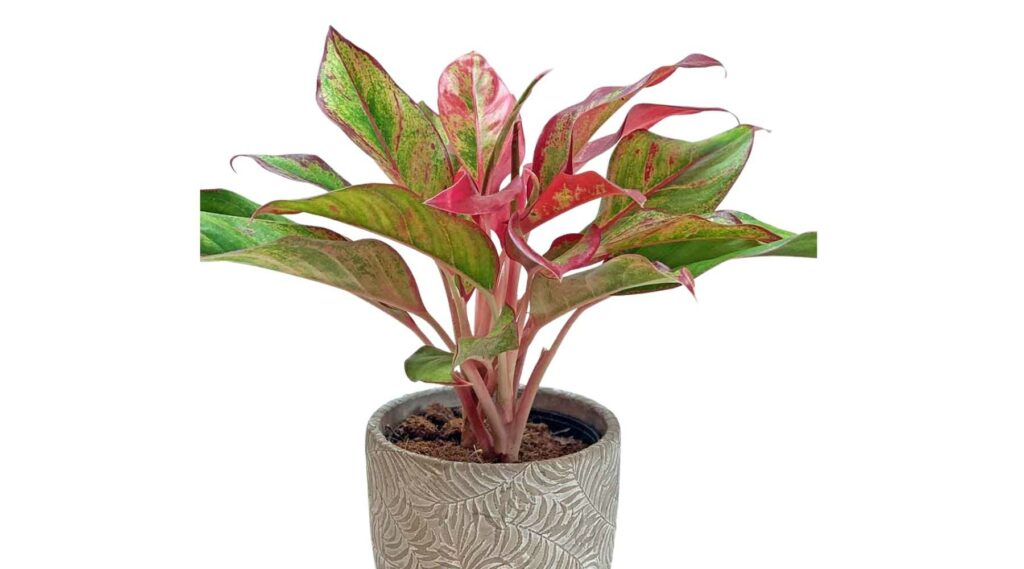
The Chinese Evergreen is a popular choice amongst air purifying indoor plants. The tropical plant has fleshy green leaves adorned with silvery patterns. Oriental homes love to stack these up in their study rooms!
The plant thrives in the shade and requires occasional drizzles to survive. The Chinese Evergreen releases high amounts of oxygen due to its large leaves. The luscious plant is easily grown in potting soil and is hardy enough to survive on low maintenance.
Chemicals absorbed: formaldehyde, ammonia, benzene.
Areca palm
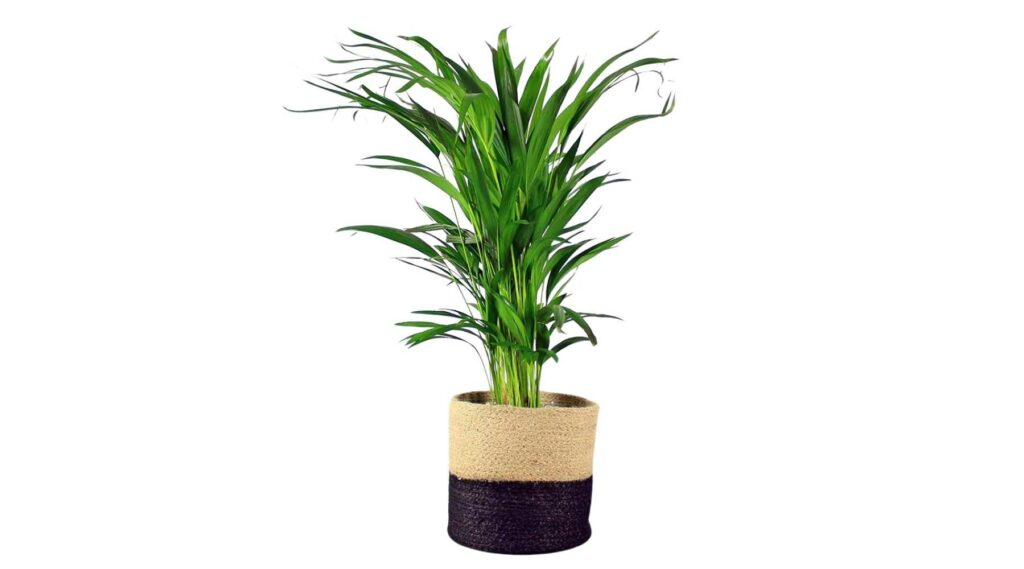
Unique and exotic with vibrant foliage and frizzy green trunks, the Areca palm is a sight to behold. Even though its name holds bamboo, it’s a type of palm.
Areca palm thrives in soil and can be grown in shrubs. This adds up to its aesthetic value. You can easily set up a mini bamboo forest in your own home! The plant requires weekly waterings. The Areca palm is sensitive to moisture, so make sure not to waterlog the pots. We highly recommend the Areca palm for households with furry companions as they are pet-friendly.
Chemicals absorbed: Formaldehyde, benzene.
Chrysanthemum
The Chrysanthemum is a flowering plant native to the lands of East Asia and northeastern Europe. It has two flower cycles per year. The colourful blossoms last for up to 8 weeks and are a sight to behold.
Chrysanthemums are very easy to grow. However, the better you take care of them, the better the quality of the bloom. If you are someone that is into home decoration, you can easily find the perfect colour of Chrysanthemum to match your home. The flower species require modest amounts of sunlight and need well-draining soil to thrive. Just pitch it in a pot by the window!
Chemicals absorbed: Formaldehyde, benzene, xylene, ammonia.
English Ivy
The English Ivy is a climber or a woody vine. It is grown primarily for its lush evergreen leaves. Even though it is mostly an outdoor plant, the vine can be grown indoors as well. The vine blooms once a year with greenish-white flowers.
The English Ivy is very easy to grow. Even though it’s a climber, most grow it in hanging baskets for aesthetics. It does not need a lot of sunlight and can brave the cold well, making it ideal for all climates.
The tough plant requires very little maintenance and can brighten up your study wall instantly. If you are looking for air purifying house plants that can be grown on walls, the English Ivy is a great choice.
Chemicals absorbed: Formaldehyde, benzene, mold, fecal matter.
Dracaena Family
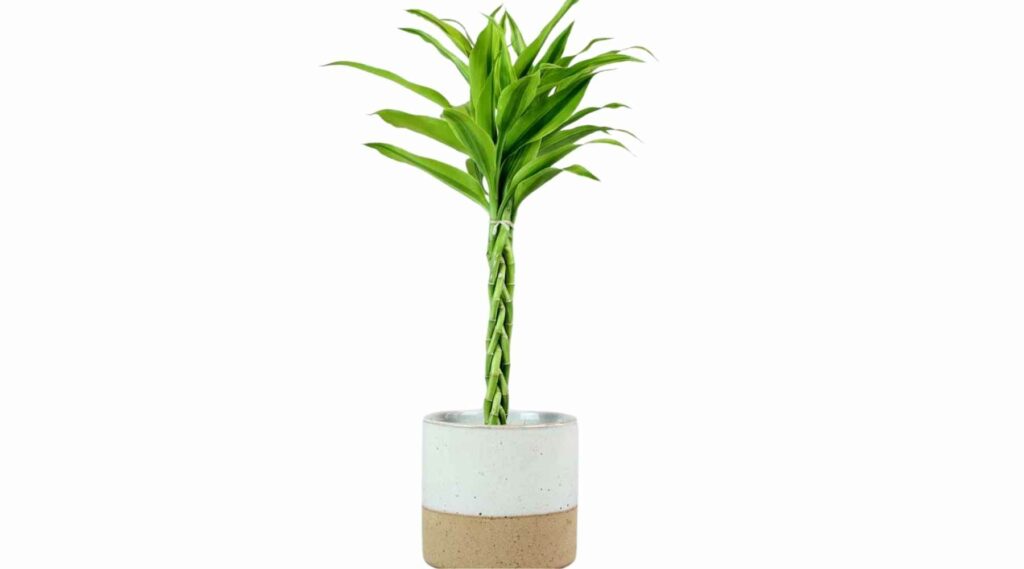
Those in the Dracaena family are great air purifying indoor plants. Our favourite among the species is the Dragon Tree. It is a wonderful desk plant. The small size and its compact yet elegant leaves take very little space.
We love the Dracaena as it’s one of the best air purifying indoor plants out there for variety lovers. There are so many different colours to choose from! You can easily match your indoor theme with a Dracaena plant.
Dracaena air purifying indoor plants prefer lots of indirect sunlight. Just prop them up on a window sill and watch them thrive. They can grow in shade, but the leaves look their best when bathed in sunlight.
Chemicals absorbed: Toluene, xylene, formaldehyde, benzene.
Spider Plant
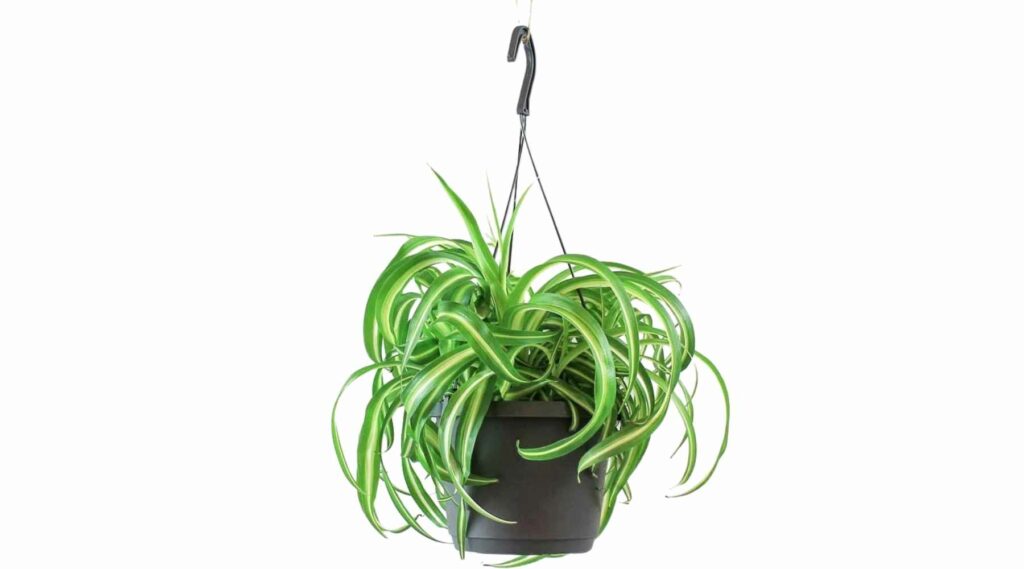
The Spider Plant owes its name to the masses of leaves that it sprouts. It sounds and looks exotic with its green quirky leaves. Although Spider Plants can grow themselves out, we love to trim them down! The yellow-tinged leaves make any tabletop looks extravagant!
Spider Plants are one of the best air purifying indoor plants for beginners. They prefer dry soil with lots of indirect sunlight. You don’t need a green thumb to grow your own shrub as spider plants are hardy enough!
Chemicals absorbed: Xylene, formaldehyde, benzene.
Peace Lily
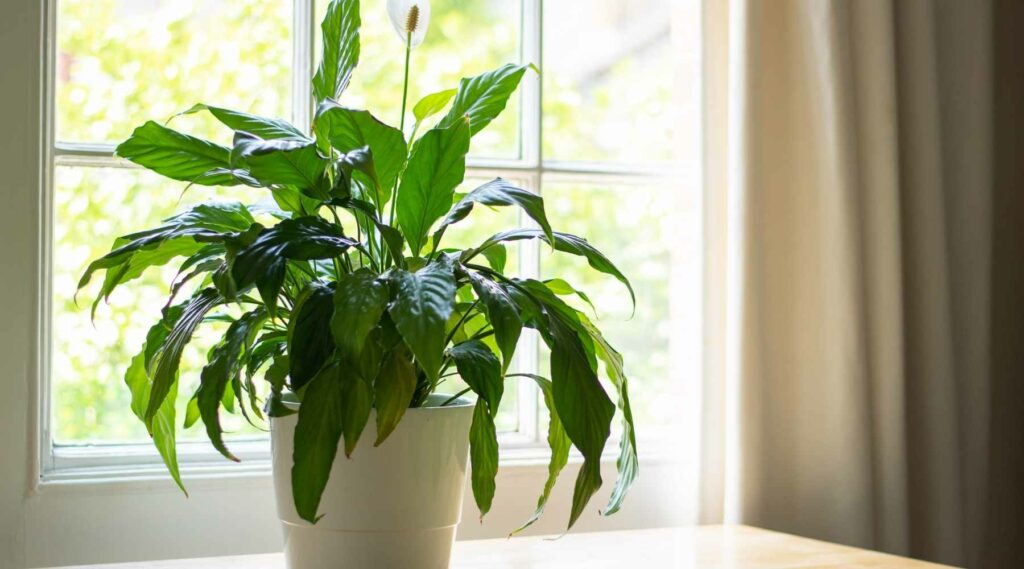
Peace Lilies are another popular choice for those that prefer oriental air purifying indoor plants. The Peace Lily blooms twice a year. The flower is pure white and stays on for several months before falling off to prepare for its second bloom. For Peace Lily enthusiasts, it is accurate to say that Christmas comes twice a year!
Peace Lilies love attention! If you take care of the plant well, it will surely brighten up your room.
If you live in a dry climate, you will need to water your Peace Lily daily. It loves moist soil and lots of bright sunlight. Just make sure to give a sufficient amount of cover to prevent burn.
Chemicals absorbed: Toluene, xylene, formaldehyde, benzene.
Gerbera Daisy
Gerbera Daisies are revered gifts amongst florists. They symbolise innocence, happiness, and cheerfulness. With bright, colourful flowers that put a smile on everyone’s faces, the Gerbera Daisy is a wonderful addition to any home or office.
Gerbera Daisies are difficult to grow from seed, therefore it’s best to pick one from a store. They love the sun and often do not survive the winters. A window sill is the best place for a Gerbera Daisy, allowing it to bask in the sun. Make sure to use potting soil that drains well as they are prone to root disease.
Chemicals absorbed: Toluene, xylene, formaldehyde, benzene.
If you are a beginner in the world of plants, we recommend an easy-going plant to start off. Always remember that there is power in numbers! Pair up a few indoor plants in a room and you’ll experience that morning freshness all day long!
